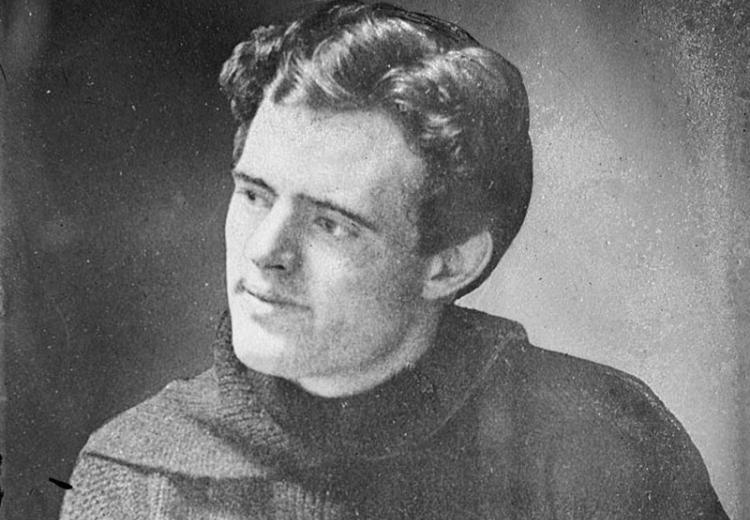Investigating Jack London's White Fang: Nature and Culture Detectives

Writer Jack London.
In a letter dated December 5, 1904, to his publisher George Brett, Jack London explains that he wrote White Fang as a companion piece to The Call of the Wild, his famous story about the transformation of a domestic dog into an animal who answers the natural “call” of the wild. He writes, “I’m going to reverse the process. Instead of the devolution or de-civilization of a dog, I’m going to give the evolution, the civilization of a dog—development of domesticity, faithfulness, love, morality, and all the amenities and virtues.”[1] London’s portrayal, however, results in a complication of the fundamental terms “nature” and “culture” in White Fang. Middle school readers of this famous novel, therefore, have the perfect opportunity to become nature and culture detectives. In this lesson, students will explore images from the Klondike and read White Fang closely to learn how to define and differentiate these terms, ultimately presenting their findings as “nature and culture detectives.”
[1]The Letters of Jack London, Vol. 1: 1896-1905. Edited by Earle Labor, Robert C. Leitz, III, and I. Milo Shepard. Stanford, Calif.: Stanford University Press, 1988
Guiding Questions
How are the concepts of nature and culture defined—and differentiated—in Jack London's White Fang?
Learning Objectives
Define and understand in context the difference between nature and culture
Understand setting in general as an important element of fiction/narrative
Analyze closely the ways in which London portrays nature and culture throughout White Fang
Analyze images from the Klondike in general and London's Klondike setting in particular as the borderland between the great nature/culture divide
